


Project
Istituto Checchi


Goal
Attivazione di un corso per la conservazione del know how territoriale

Activation
Corso di formazione, Content Creation

Goal
Attivazione di un corso per la conservazione del know how territoriale

Activation
Corso di formazione, Content Creation
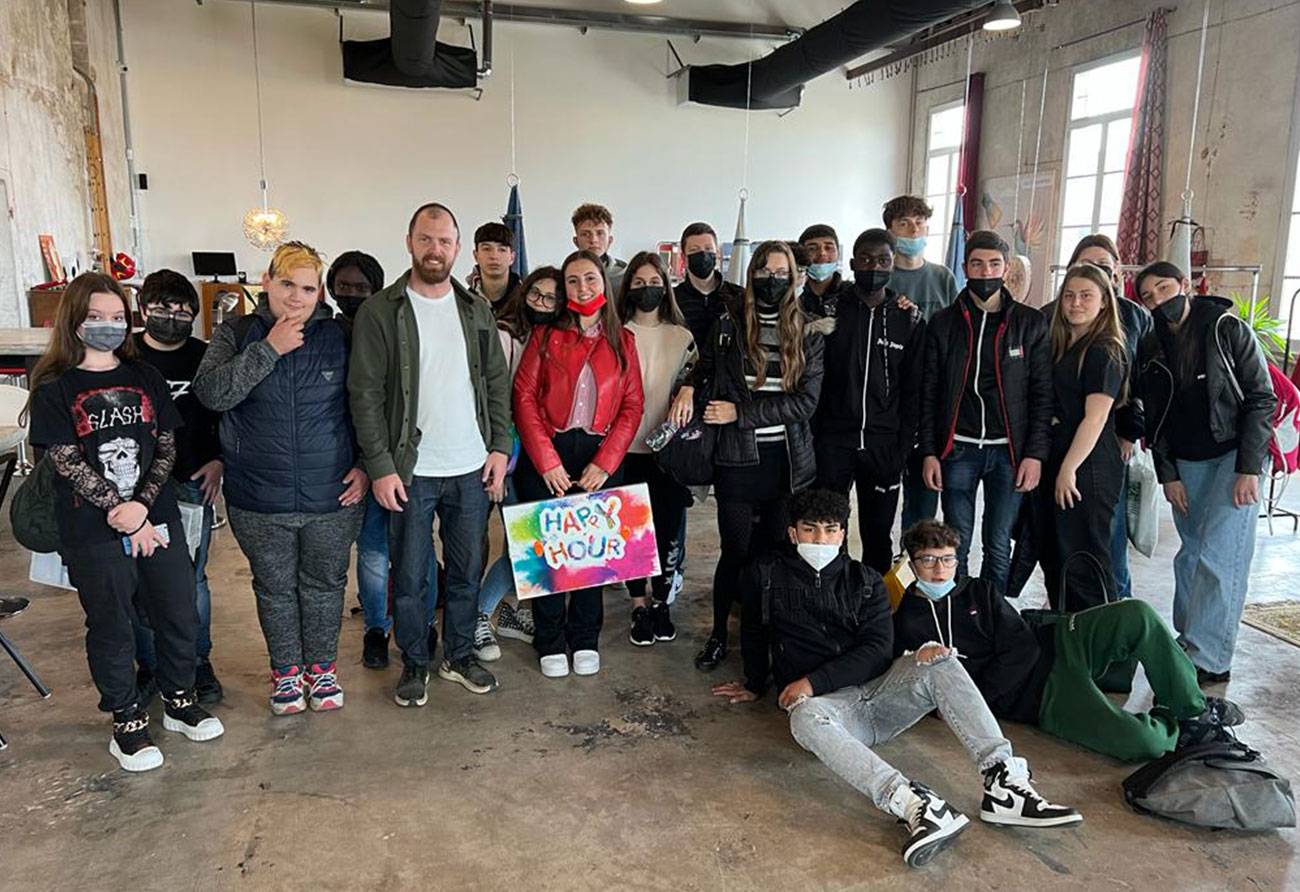
cliente
Istituto Checchi
Istituto d'istruzione Superiore Arturo Checchi è l'istituto scolastico della città di Fucecchio che offre percorsi scolastici come il Liceo, Istituti Tecnici e Professionali. All'interno dei percorsi scolastici, l'Istituto ha da sempre offerto formazione verticale in ambito calzatura, pelletteria e conceria. Questi percorsi di studio hanno formato generazioni di professionisti dei settori lavorativi del Comprensorio del Cuoio.
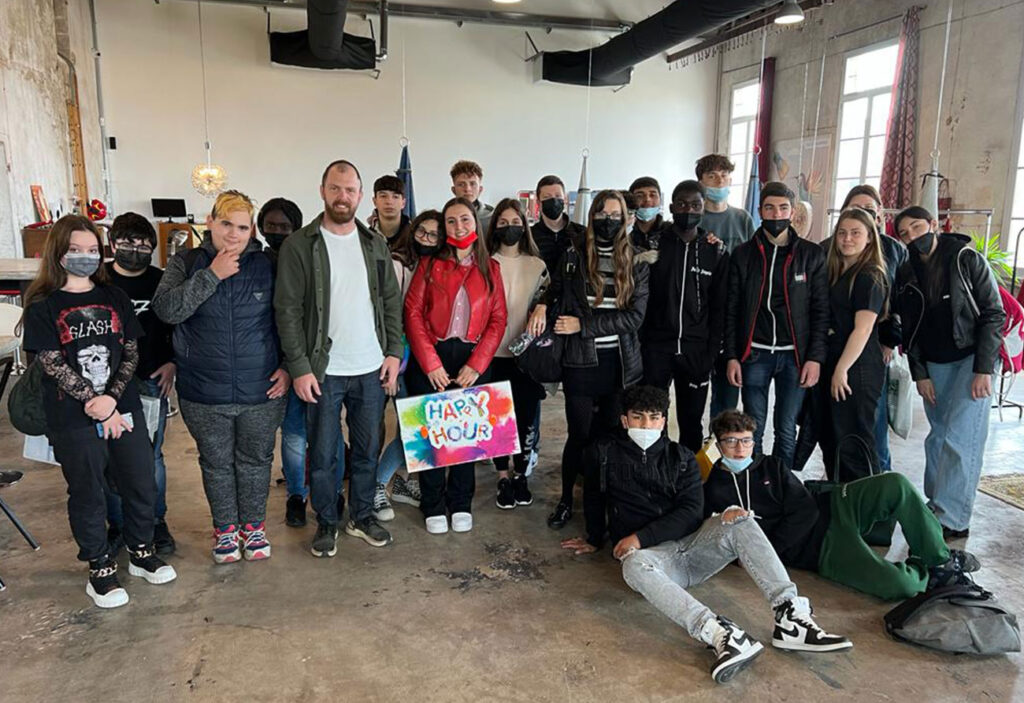
progetto
Il nostro lavoro
Il progetto realizzato è un modulo formativo, promosso in collaborazione con Consorzio Toscana Manifatture, articolato in un laboratorio di 25 ore durante il quale 35 studenti hanno sperimentato le dinamiche professionali per la creazione di una borsa in pelle dall'ideazione al prodotto finito. L'obiettivo del progetto era creare sinergia e promuovere cultura della tradizione e del territorio. Il corso si è svolto all'interno del Dynamic Innovation Lab, che ha contribuito anche alla parte stilistica. E' stata utilizzato il pellame della Conceria Sirte e la modelleria di Anna Cloud.
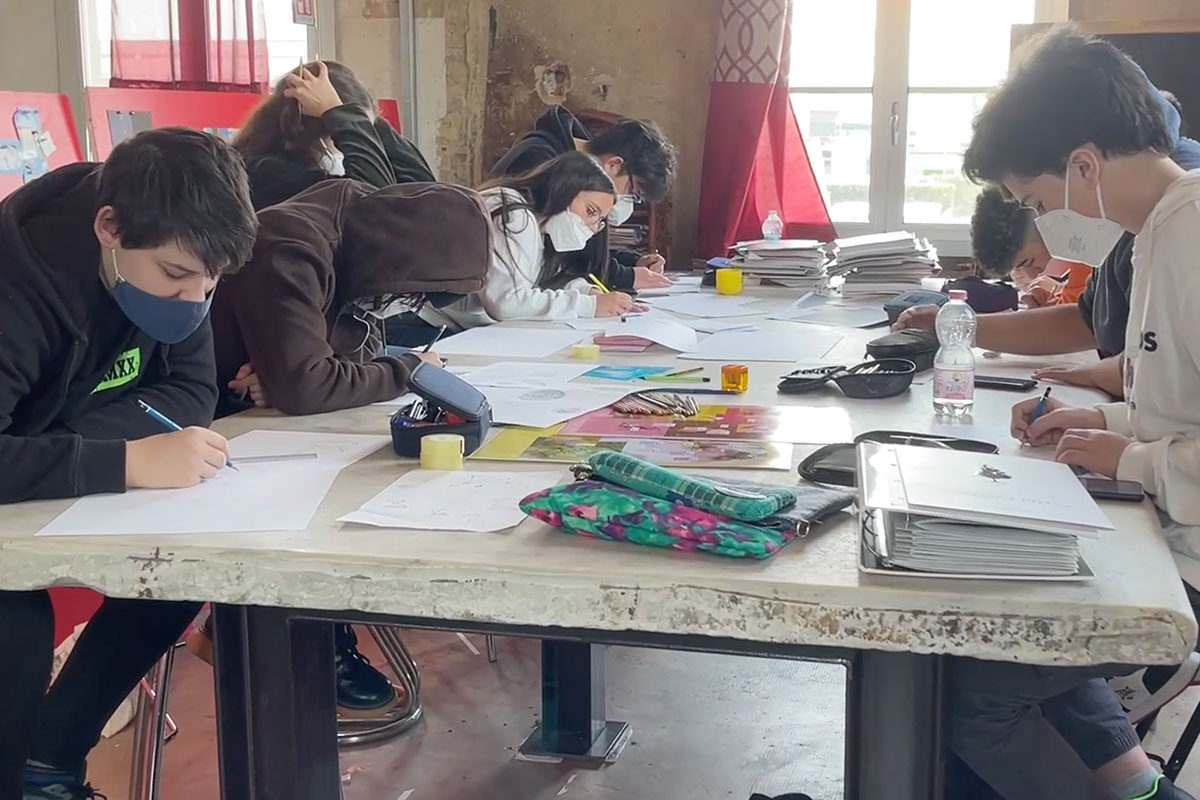
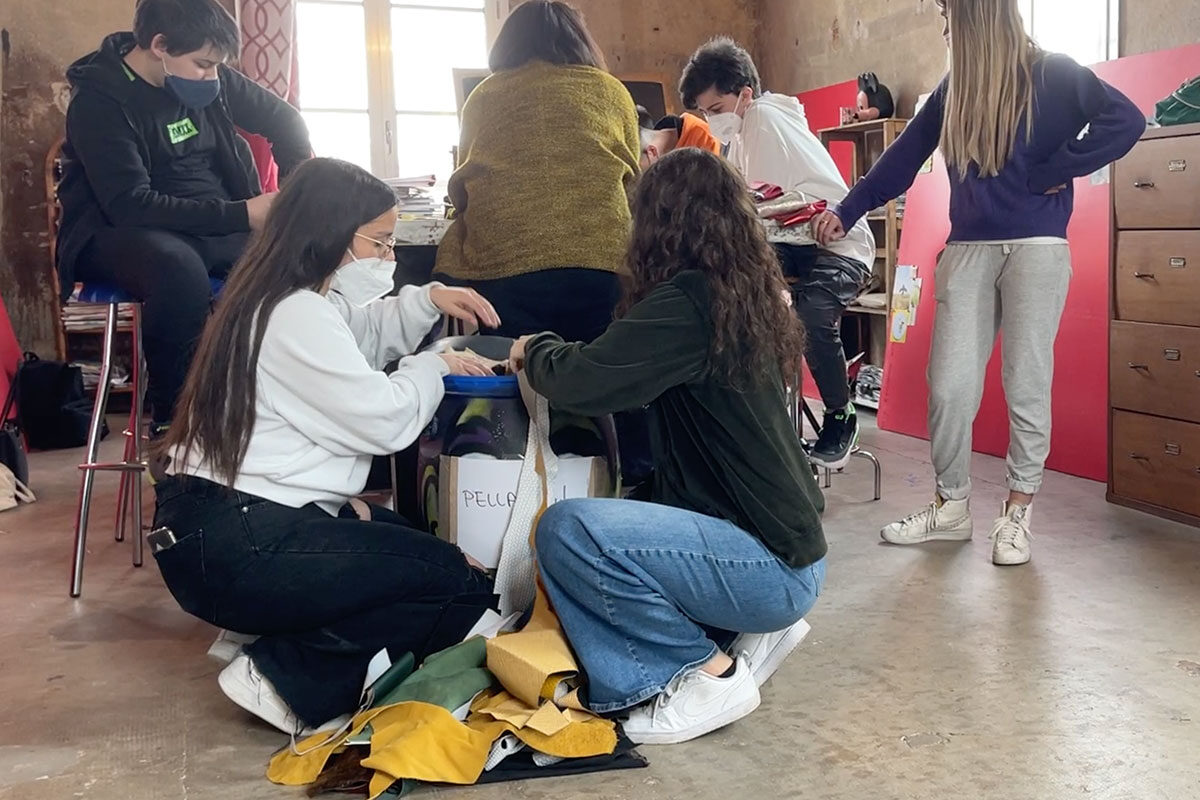
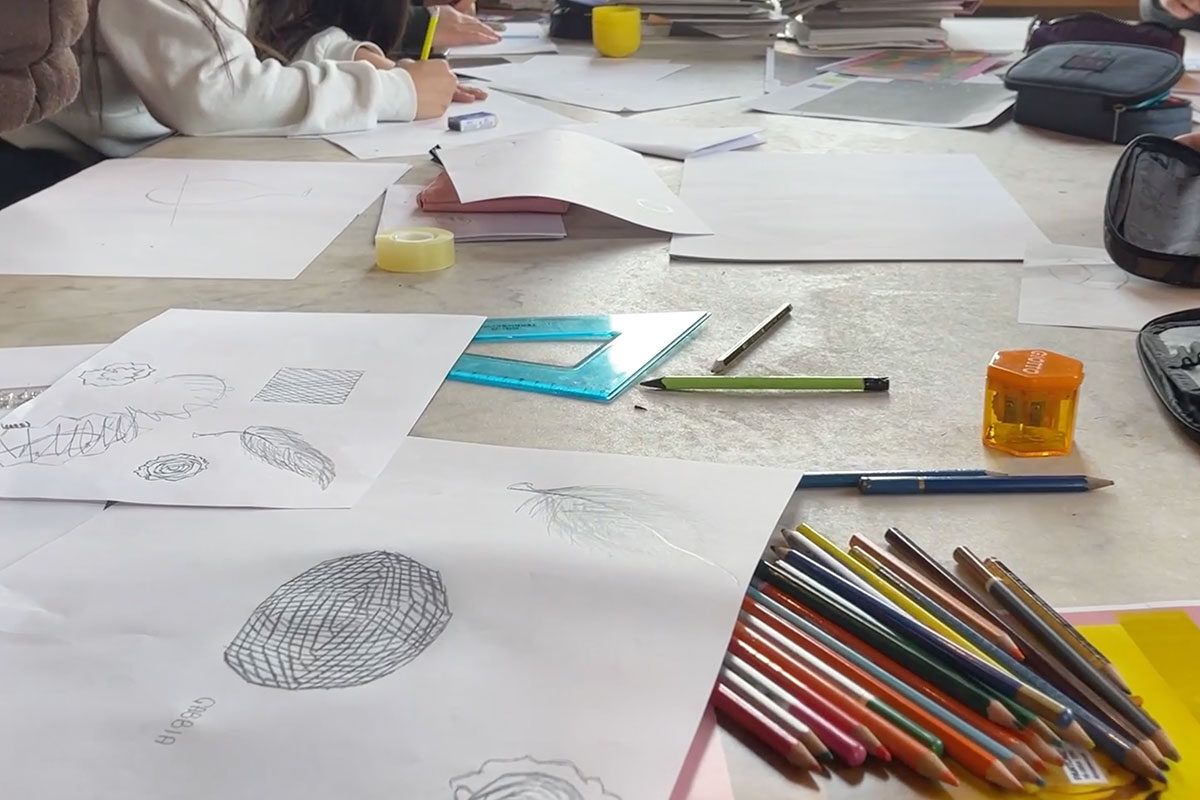
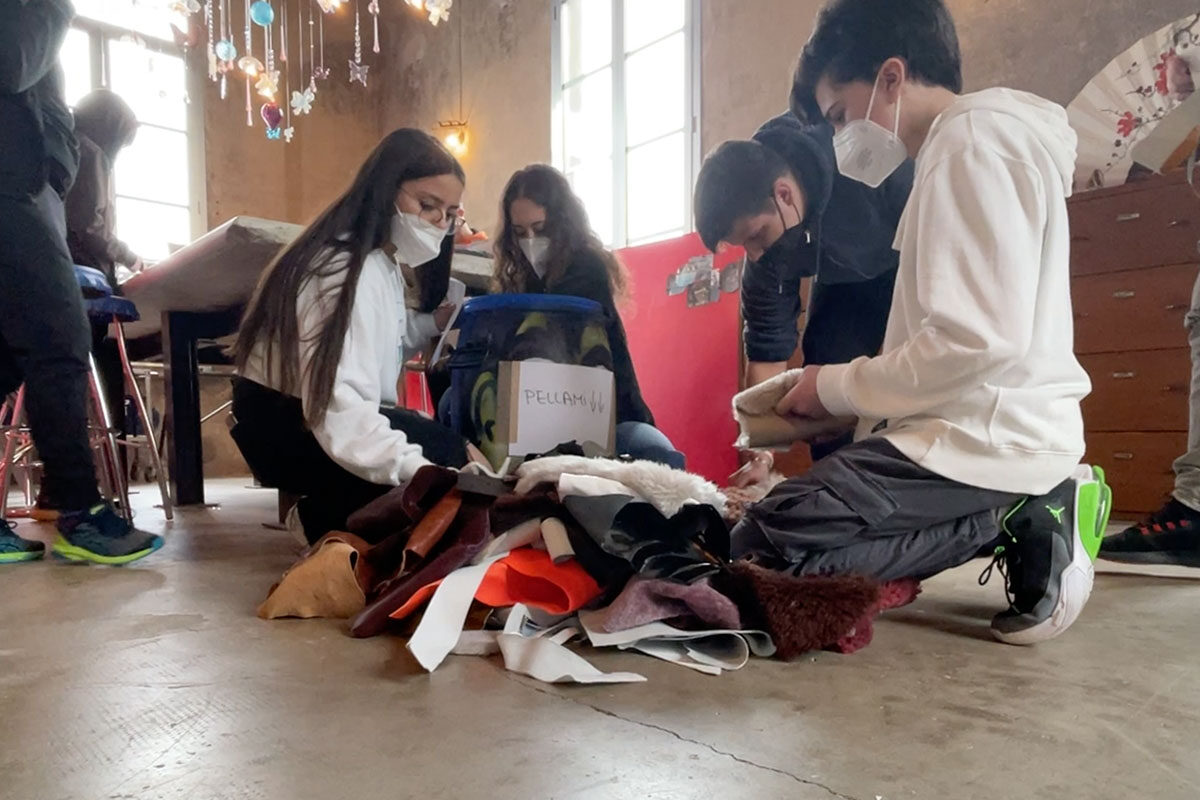




resta in contatto con noi
Contattaci per prenotare
una consulenza!
Altri Progetti da Scoprire










